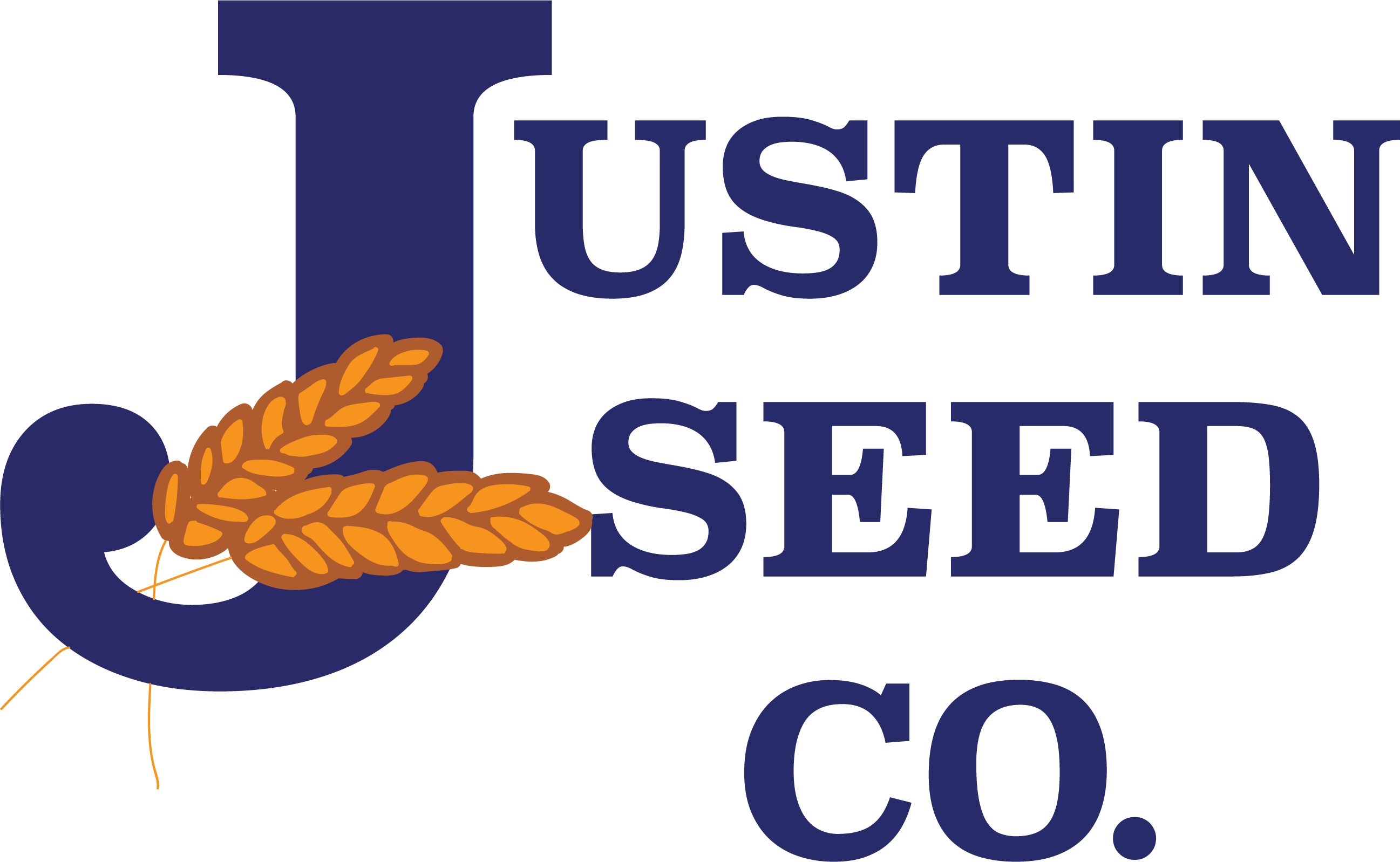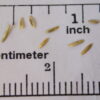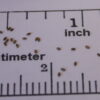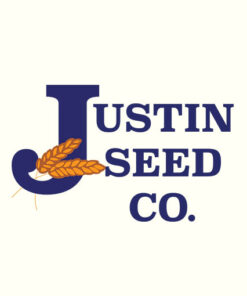Ryegrass, Beef Builder Forage Annual
$47.00 /50lbs. (50 pound bag)
Improvement over annual for grazing, especially in rust prone areas (high rainfall).
Out of stock
Improvement over annual for grazing, especially in rust prone areas (high rainfall).
| Grow Height | Cold Tolerance | Minimum Rainfall |
Planting Rate Acre |
| 2-3′ | Good | 25″ | 25 lb. |
| Weight | 51 lbs |
|---|---|
| Dimensions | 29 × 17 × 7 in |
Be the first to review “Ryegrass, Beef Builder Forage Annual” Cancel reply
You must be logged in to post a review.
Related products
Annual legume and the source of guar gum. Assumed to have developed from the African species Cyamopsis senegalensis.
Good pasture. Not recommended to leave livestock on pasture for extended periods. Has been used as turfgrass. Plant 4-10 lb. per 1000 sqft.
Good pasture. Cajun II is a forage-type endophyte-free tall fescue that promises broad adaptation and high yields.
Forage bermudagrass with wide, soft leaves. It shows rapid establishment from seed and aggressive spreading from stolons and rhizomes. Chilly Verede has persisted through cold winters in North Carolina, where it was developed, and has excellent heat and drought tolerance.
Largest use is turfgrass. Used to overseed warm season turf. In adaptable regions plant 2-10 lb. per 1000 sqft.
Permanent cool season grass. One of the best to use in shade. Excellent year-round lawn when kept watered.
Largest use is turfgrass. Used to overseed warm season turf or as primary turfgrass. In adaptable regions plant 2-10 lb. per 1000 sqft.
Cool-season grazer. Overseed warm-season grasses pasture or turfgrass. When used in turfgrass plant 2-10 lb. per 1000 sqft.











Reviews
There are no reviews yet.